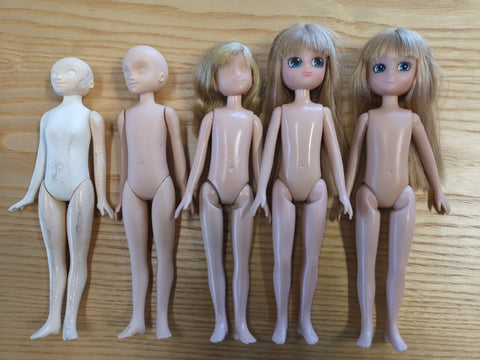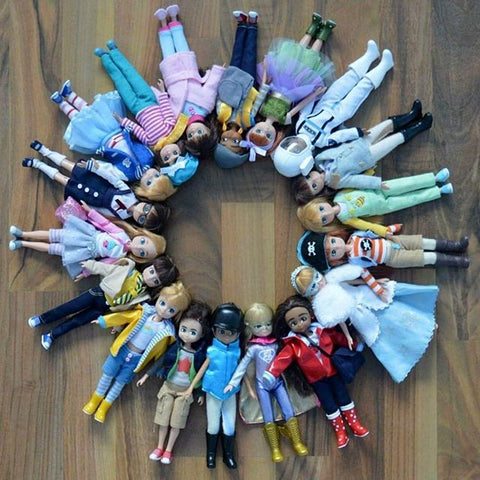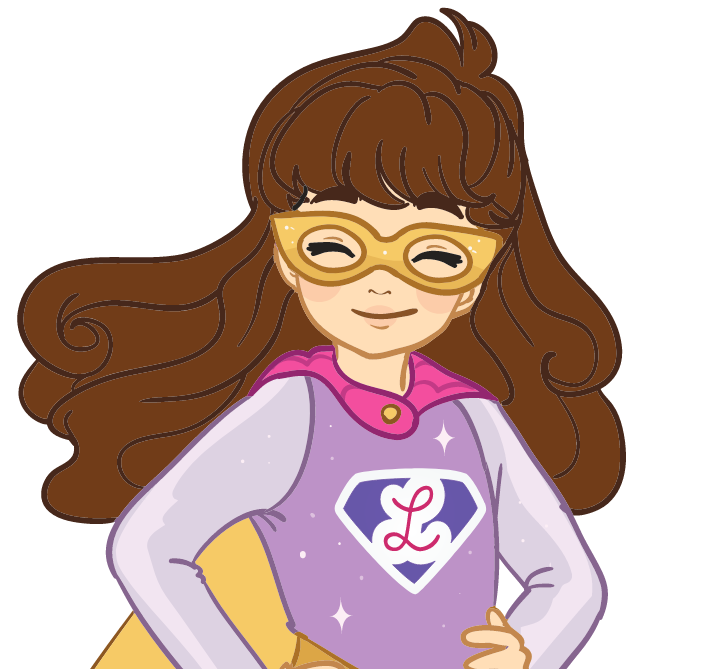When we launched Lottie in 2012 we decided to base Lottie on a 9-year-old child as opposed to an adult, here Lottie founder Ian Harkin explains why:
“I guess our focus on childhood is what differentiates us from most other doll companies on the market. While a few have come close by basing their dolls on teenagers, the majority take inspiration from adult women aged between 18 to 35 years. Having conducted research before we started Lottie, we noticed that doll bodies and head sculpts have evolved. In fact, if you look at the second episode of the Netflix documentary series “The Toys that Made Us” which examines Barbie, you can learn how body shapes have evolved since dolls were first mass produced over sixty years ago. Back then we considered the average age of the child playing with the doll to be 12 years of age. In the following years that age decreased to 6 but interestingly the age profile of the doll character stayed the same.
Before our research began, we received a lot of anecdotal feedback about how the market was lacking a wholesome doll. We came across numerous research reports that had focused on body image. One such article in The Times was written by a Dr. Margaret Ashwell and based on research by academics, discussed how certain fashion dolls were negatively affecting girls’ perception of their own body shape. We spoke with an array of experts in play and child psychology. We consulted retailers and we did focus groups with parents and children. What resulted was a blueprint of over a hundred actionable points which we developed into Lottie.

Initially, we worked on the idea that a 6-year-old aspires to be a 12-year-old, so our first doll sculpt was based on a 12-year-old’s body. However, after consulting additional expert opinions, we were provided with data that said that 6-year-olds actually aspire to be 9 so we went back to the drawing board and ultimately decided that Lottie would be based on the dimensions of an average 9-year-old girl. Our first head sculpt did not provide satisfactory hair play so we increased the head size slightly. In manufacturing Lottie’s hair, we decided to source Saran Nylon (each strand appears as a tube when examined under a microscope) as tangled hair was one of the biggest frustrations kids said they experienced when playing with other brands. In our packaging design, we had already decided to use bright Manga illustration styles so with the increased head size we opted to use Manga illustration for the eyes. Several different designs were created until at last, we had our final doll design that you see today.

That single insight on aspirational age set the tone for what kind of character Lottie would be. Focusing on childhood rather than adulthood, we knew Lottie wouldn’t wear high heels, jewellery or makeup. We designed her to quite literally stand on her own two feet – a point of empowerment rather than a play pattern. In that one move, we were able to address body image, premature sexualisation and other adult agendas and instead focus on outdoor adventures, empowerment, education and most of all fun. Because of her age and the childlike clothes she wears Lottie is relatable, a companion. Since 2012 we have received thousands of images from around the world where Lottie has been taken, like a friend, on wonderful adventures.

Lottie was launched to hugely positive acclaim in worldwide press. Sooner than we could have imagined, she had made her way onto international markets where her popularity continues to soar today. She is now on sale in over thirty-five countries with over 1 million dolls sold – and counting!
What the papers say!
https://www.theguardian.com/lifeandstyle/the-womens-blog-with-jane-martinson/2012/nov/27/make-way-barbie-welcome-lottie
https://www.smh.com.au/lifestyle/a-doll-for-children-with-a-nineyearolds-body-20121201-2annl.html
![]() Fast Shipping*
Fast Shipping*![]() Subscribe to our Newsletter
Subscribe to our Newsletter![]() 🌟 A Walk in the Park Lottie Doll 🌟
🌟 A Walk in the Park Lottie Doll 🌟














